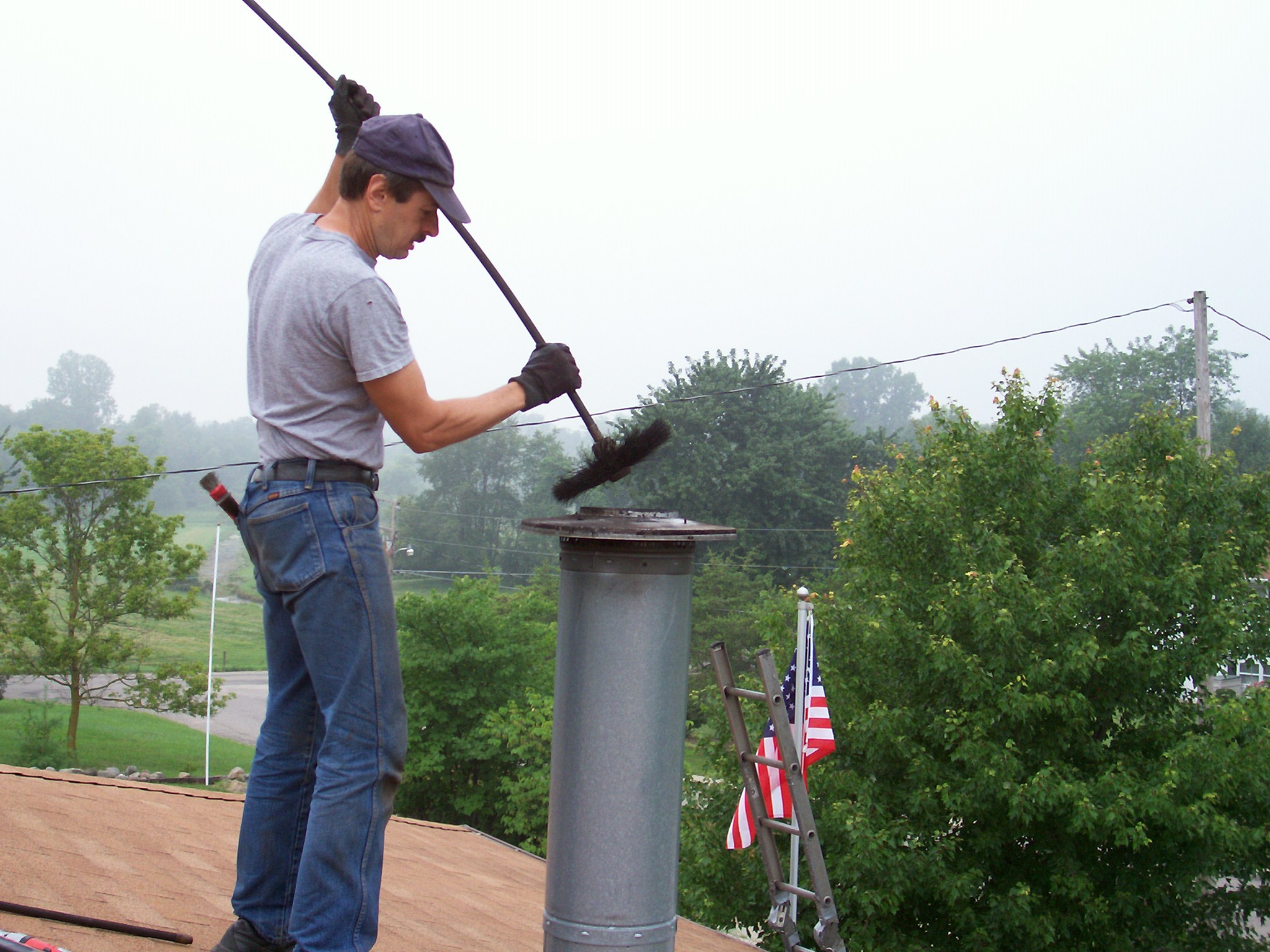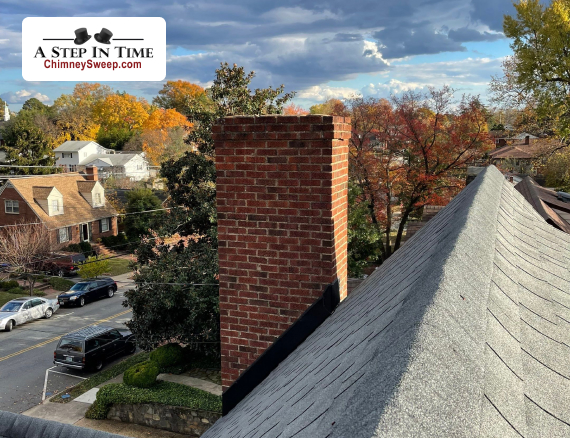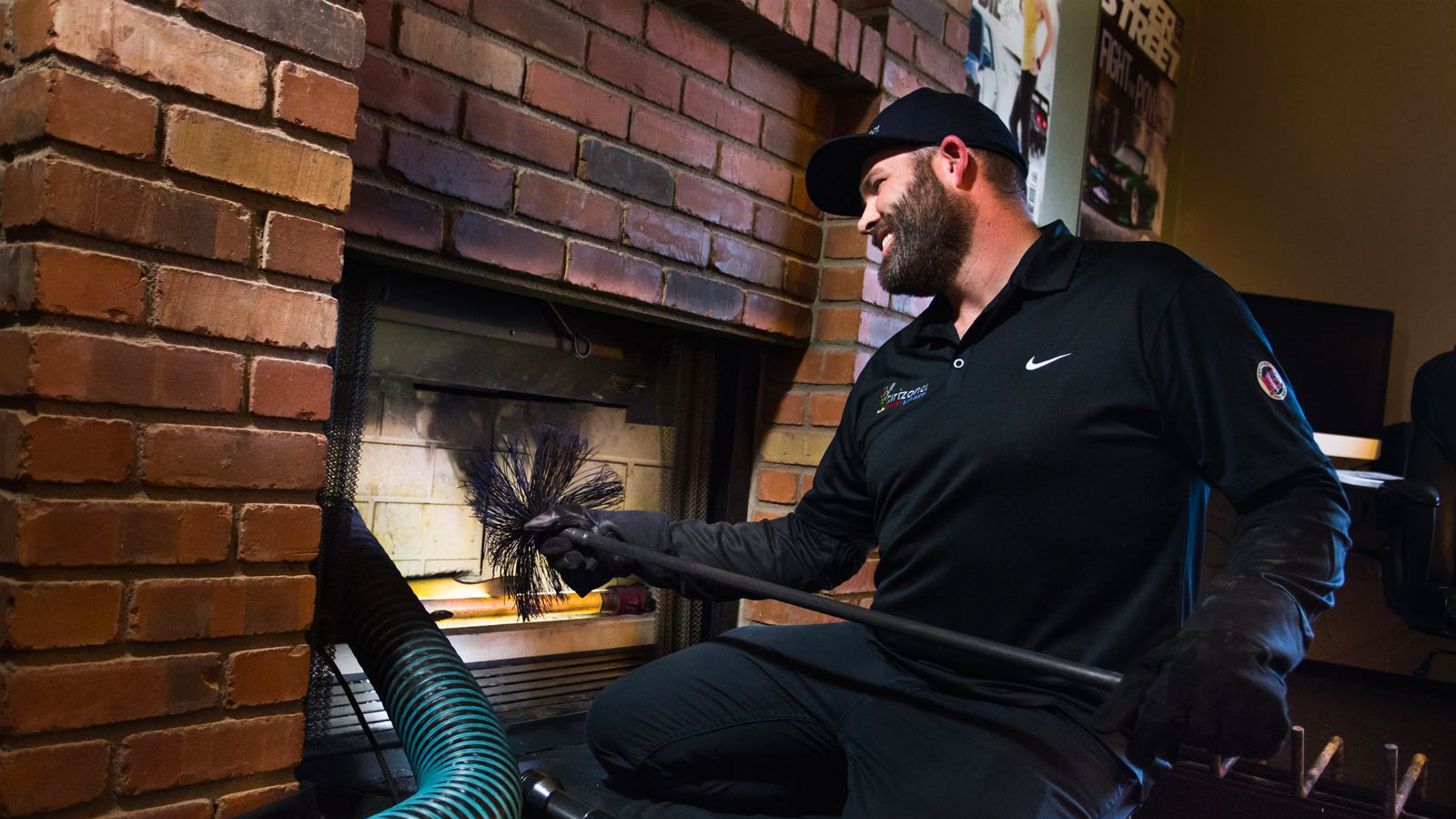Smokeshaft Maintenance with a Personal Touch: Chimney Clean San Jose Unleashed
Smokeshaft Maintenance with a Personal Touch: Chimney Clean San Jose Unleashed
Blog Article
Smokeshaft Cleansing: A Step-by-Step Guide to Maintaining a Healthy Fireplace
Regular chimney cleaning is a vital part of this upkeep routine. By complying with these guidelines, you will find out how to gather the required devices, carry out an aesthetic assessment, clear debris and accumulation, sweep the smokeshaft, and complete the last steps for ongoing upkeep.
Gathering the Required Tools
To begin the process of smokeshaft cleaning, the very first step is to gather all the essential tools. Having the right tools handy makes certain a effective and safe cleansing process. The necessary devices for smokeshaft cleansing consist of a smokeshaft brush, a ladder, ground cloth or plastic sheets, a flashlight, handwear covers, and a dust mask.
The smokeshaft brush is the primary tool utilized to eliminate soot and creosote accumulation from the flue - Chimney Clean San Jose. It is crucial to choose a brush that matches the dimension and form of your smokeshaft.
A flashlight is important for checking the chimney's inside for any indications of damage or blockages. Gloves are essential to secure your hands from soot and various other unsafe compounds, while a dirt mask aids protect against the inhalation of particles.
Performing a Visual Assessment

Using a flashlight, carefully take a look at the interior walls of the smokeshaft for any signs of damage, such as cracks, loosened bricks, or mortar damage. These concerns can compromise the chimney's architectural stability and present a major security threat. Additionally, check for any signs of water damages, such as discoloration or efflorescence, as this can indicate a leaking chimney cap or flashing.
Next, inspect the chimney flue for any kind of obstructions. Seek the existence of nesting materials, leaves, or debris that might have collected gradually (Chimney Clean San Jose). These obstructions can restrict air flow, boost the danger of carbon monoxide gas accumulation, and impede the chimney's ability to efficiently vent smoke
Throughout the aesthetic evaluation, pay close focus to the chimney crown, which is the top surface area that secures the chimney from wetness. Look for fractures or missing out on items in the crown, as these can allow water to go into the chimney and create significant damage.
Cleaning Debris and Accumulation
After completing the aesthetic assessment, the next step in smokeshaft cleaning entails clearing up debris and accumulation to ensure the correct functioning of the fireplace. Over time, particles such as leaves, branches, and pet nests can build up in the chimney, blocking the flow of air and creating potential fire dangers.
To remove particles and build-up, it is essential to make use of the right devices and techniques. A smokeshaft brush, specifically developed for this purpose, is utilized to get rid of loose particles and creosote from the chimney walls. It is important to pick a brush that matches the size of your smokeshaft to ensure efficient cleaning. Prior to beginning the cleansing procedure, see to it to cover the fire place available to protect right here against particles from falling into the space.
To start, place the brush right into the smokeshaft and relocate it backwards and forwards, scrubbing the walls to remove any debris or creosote. Utilize a sweeping movement to guarantee extensive cleansing. It is recommended to begin with the bottom and work your way up. When the cleaning is total, utilize a hoover or a chimney brush expansion to get rid of the dislodged particles from the fire place.

Sweeping the Chimney
The sweeping of the chimney is a critical step in maintaining a healthy fire place. In time, soot, creosote, and other particles can collect in the smokeshaft, obstructing the flow of air and possibly causing an unsafe buildup of flammable materials. Normal chimney sweeper not only makes certain appropriate air flow yet additionally prevents the risk of chimney fires.
When it concerns chimney sweeping, it is very suggested to employ an expert chimney sweeper. These experts have the understanding and devices necessary to safely and efficiently eliminate the built up particles from your chimney. They will commonly start by covering the fire place to prevent any kind of residue or debris from entering your home. Making use of specific brushes and vacuum cleaner equipment, they will after that cleanse the chimney inside out, ensuring that all the buildup is extensively removed.
It is essential to keep in mind that the regularity of chimney sweeping depends on several factors, such as the sort of fuel utilized, the amount of use, and the sort of chimney. As a general guideline, it is recommended to have your chimney swept and examined at least yearly.
Final Actions and Upkeep
After finishing the smokeshaft sweeping process, the first step in the last upkeep is to inspect helpful hints the chimney cap and stimulate arrestor. These parts protect against particles, pets, and rain from entering the chimney.

Evaluate the within the fire place for any type of signs of degeneration, such as cracks, loosened bricks, or harmed mortar. These concerns can affect the structural stability and safety of the fire place. If any kind of problems are spotted, get in touch with a professional smokeshaft sweep or mason to resolve them without delay.
Finally, think about setting up carbon monoxide gas detectors near the fire place and throughout your home. These devices can find the presence of this hazardous gas, providing an early warning system in situation of a smokeshaft breakdown. Regularly examine and change the batteries in these detectors to ensure their effectiveness.
Verdict
To conclude, following a step-by-step overview for chimney cleansing is important in preserving a healthy fire place. By gathering the essential tools, executing a visual assessment, getting rid of particles and build-up, and sweeping the smokeshaft, home owners can make certain the safety and efficiency of their fireplace. Normal maintenance and cleansing he said will assist avoid chimney fires and improve air quality in the home. It is important to prioritize chimney cleaning as a part of total home maintenance.
The vital tools for chimney cleansing consist of a smokeshaft brush, a ladder, drop cloths or plastic sheets, a flashlight, handwear covers, and a dirt mask.
A chimney brush, specifically designed for this purpose, is utilized to eliminate loose particles and creosote from the chimney walls. Routine chimney sweeping not just guarantees proper ventilation however additionally avoids the threat of smokeshaft fires.
When it comes to chimney sweeping, it is highly advised to hire a specialist smokeshaft sweep. After completing the smokeshaft sweeping process, the first step in the final maintenance is to inspect the chimney cap and trigger arrestor.
Report this page